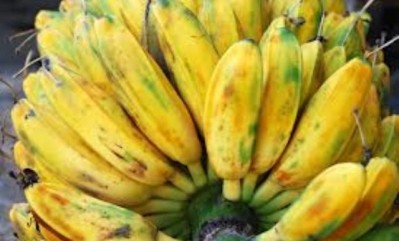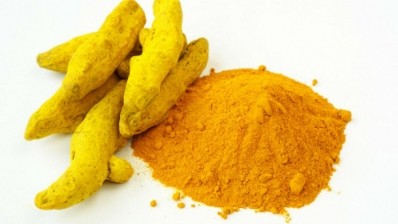Assam herbs ripe for nutraceutical and functional food development: Study

Writing in the Journal of Functional Foods, researchers from India wrote that Assam is a region rich in biodiversity due to its climatic and geographical variations.
“Interestingly, the indigenous people of this region mostly depend on readily obtainable flora for primary health care and these are also included in their food habit,” they stated.
“These herbs are consumed for thousands of years and proven to be non-toxic. Their nutraceutical value and functional properties have not yet been adequately studied. Therefore, characterising distribution of these functional components can immensely help in increasing their dietary intake and unraveling their benefits for human health.”
Therefore, they sought to assess antioxidant capacity, phenolics, vitamins, trace elements and antifungal activity of twelve classical edible herbs of Assam.
The edible herbs were Hydrocotyle asiatica, Chrysanthemum coronarium, Paederia scandens, Portulaca oleracea, Amaranthus viridis, Fagopyrum esculentumm, Hydrocotyle sibthorpioides, Leucas aspera, Stellaria media, indicaGaud, Alternanthera sessilis and Oxalis corniculata.
They were selected on the basis of a survey with different tribes and communities in Assam.
“Their traditional methods of preparation as a food item along with their use in common health problems were learned. It was observed that the young shoots and leaves of these herbs are either taken fresh in preparing chutney, steam boiled or as curry alone or with fish. These herbs are also used as common health remedies for different types of diseases,” they wrote.
They discovered that F. esculentum, P. scandens and A. viridis showed strong antioxidant potential with high phenolic content.
Synergystic effect
Individual phenolics in the plants varied widely, but rutin and gallic acid were the most abundant phenolic compounds in these herbs.
“[The] antioxidant activity of leaves of F. esculentum was due to the synergistic effect of high rutin content and few other phenolic acids,” they found.
“Gallic acid, caffeic acid and rutin were responsible for the antioxidant activity of A. viridis. The antioxidant activity of P. scandens is due to high gallic, chlorogenic, vanillic, ferulic, p-coumaric, and caffeic acid contents. O. corniculata emerged to be a good source of rutin.”
α-Tocopherol was present in all edible herbs in a modest amount, while ascorbic acid was found only in some plants.
“Both L. aspera and H. sibthorpioides were excellent sources of both α-tocopherol and ascorbic acid. P. indica was a rich source of Ca, Fe and Zn,” they noted, adding that the plants were also found to be moderately active against the mycotoxin producing fungus Alternaria tenuissima.
The paper concludes by highlighting the herbs’ future nutraceutical potential.
“[The] unique distributions of functional components in these underutilised edible herbs make them alluring candidates for development of nutraceuticals and functional foods,” the researchers said.
Source: Journal of Functional Foods
Volume 23, May 2016, Pages 220–229
“Studies on some edible herbs: Antioxidant activity, phenolic content, mineral content and antifungal properties.”
Authors: Manobjyoti Bordoloi, et al.
.



















